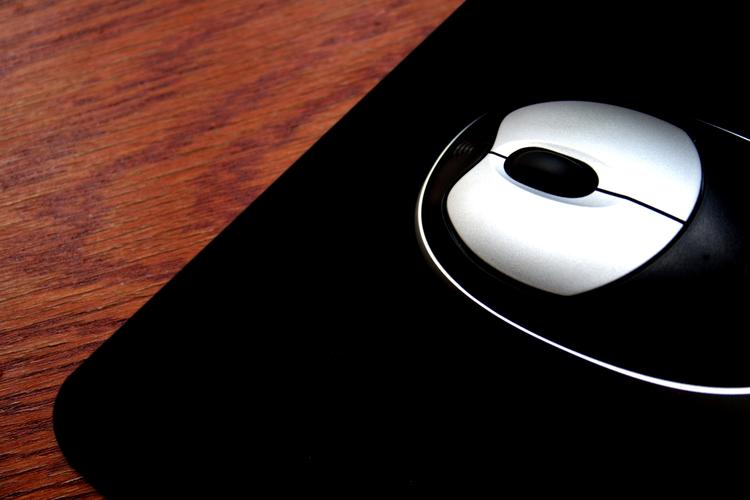Tweets. Status updates. Blog posts. Our lives are saturated with social networking sites. Known among college students as the great tool of procrastination, Facebook is especially notorious for sucking much-needed time out of an already busy day. There’s no indication that social network users will stop visiting these sites anytime soon. In my opinion, then, it’s important that something be done to put them to good use and let something worthwhile come out of all the time that people spend online.
On Sept. 24, national disaster experts at San Diego State University’s Immersive Visualization Center launched a drill to test the ways in which social media could be used to respond to crisis. The test, known as Exercise 24 (X24), portrayed an earthquake off the coast of California followed by a tsunami and an oil spill. Participants, which included the American Red Cross, United Nations and Mexican and U.S. navies, were able to test their responses to various emergency situations.
This isn’t the first time that the use of social media in the aftermath of a disaster has been discussed. After the earthquake in Haiti downed telephone lines, residents depended on social networking sites like Twitter to let family abroad know they were safe. During recent California wildfires people used Facebook and Twitter to track the event and read what people were posting.
These social networking sites are so universal that virtually everybody can get access to one. They are especially popular among young adults and have become a part of our daily lives.
In one study, college students in the U.S. reported using Facebook 10-30 minutes every day. By integrating a way to respond to national disasters on this site as well as Twitter, it would ensure that more people got a report of what was happening. For those who don’t pay attention to the news, there would be an opportunity to expose them to important events that they might not otherwise hear about.
Using sites like Twitter help create situational awareness and give people a way to get information before reports or news stories are published.
Often, disasters and crises are unexpected, such as the University of Texas at Austin shooting last week. After a gunman opened fire on the campus, emergency sirens were set off across the school and students were sent e-mail alerts.
Twitter can help students get a more accurate description of what is going on in a situation like this. It can also alert those students that are nowhere near a computer, but can receive Twitter updates on their mobile device.
If these sites can be used to help get response and aid to those affected by a disaster, then why not use them?
Chancey Herbolsheimer is a freshman journalism and political science major from Amarillo.

